Britain & Ireland
Women and social history can be overlooked themes in periods where records tended to focus on money, religion and Kings. While those latter themes are covered in this section so are features on individual women, their relationships with power and how they were able to influence politics and the people around them. Social history is also addressed through the stories of Hermits, soldiers, tax records and revolting peasantry with nobles. Read more
Sort by:
Date (Newest first) | Title A-Z
Show:
All |
Articles |
Podcasts |
Multipage Articles
-
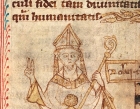
Robert Grosseteste (c. 1170-1253)
ArticleClick to view -
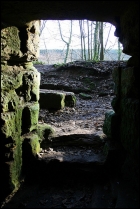
Saint Robert and the Deer
ArticleClick to view -
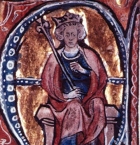
Saxons, Normans and Victorians
ArticleClick to view -
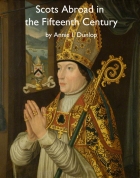
Scots Abroad in the Fifteenth Century
ArticleClick to view -
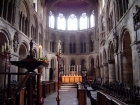
Smithfield's Bartholomew Fair
ArticleClick to view -

St Peter’s-ad-murum, Bradwell-juxta-Mare
ArticleClick to view -
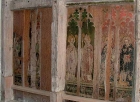
St Theobald of Provins and evidence of charcoal-burning
ArticleClick to view -

The Anglo-Saxon Kingdoms and Europe
ArticleClick to view -

The Coronation of King Charles III
ArticleClick to view -

The English Captivity of James I, King of Scots
ArticleClick to view -

The First Crusade, 1095–99
ArticleClick to view -
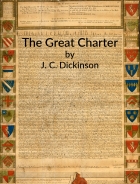
The Great Charter
ArticleClick to view -
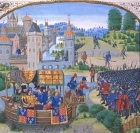
The Great Revolt of 1381
ArticleClick to view -

The Insanity of Henry VI
ArticleClick to view -

The Investiture Disputes
ArticleClick to view -

The Invisible Building: St John's in Bridgend
ArticleClick to view -

The Jews of Medieval England
ArticleClick to view -
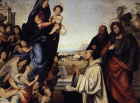
The Memory of a Saint: Managing the legacy of St Bernard of Clairvaux
ArticleClick to view -
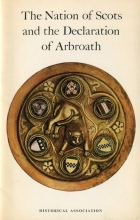
The Nation of the Scots and the Declaration of Arbroath
ArticleClick to view -
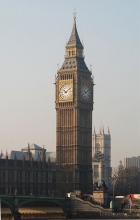
The Origins of Parliament
ArticleClick to view

